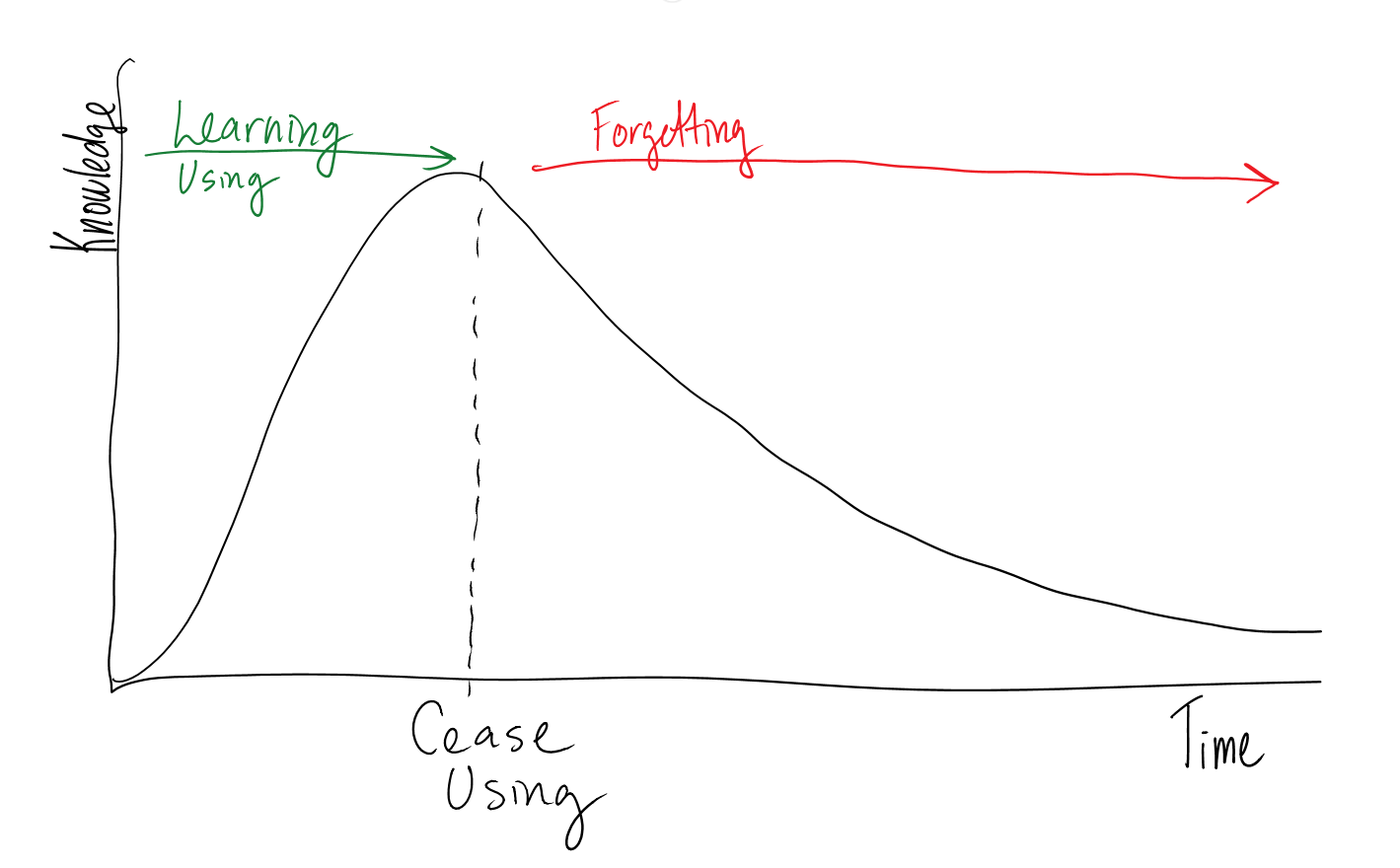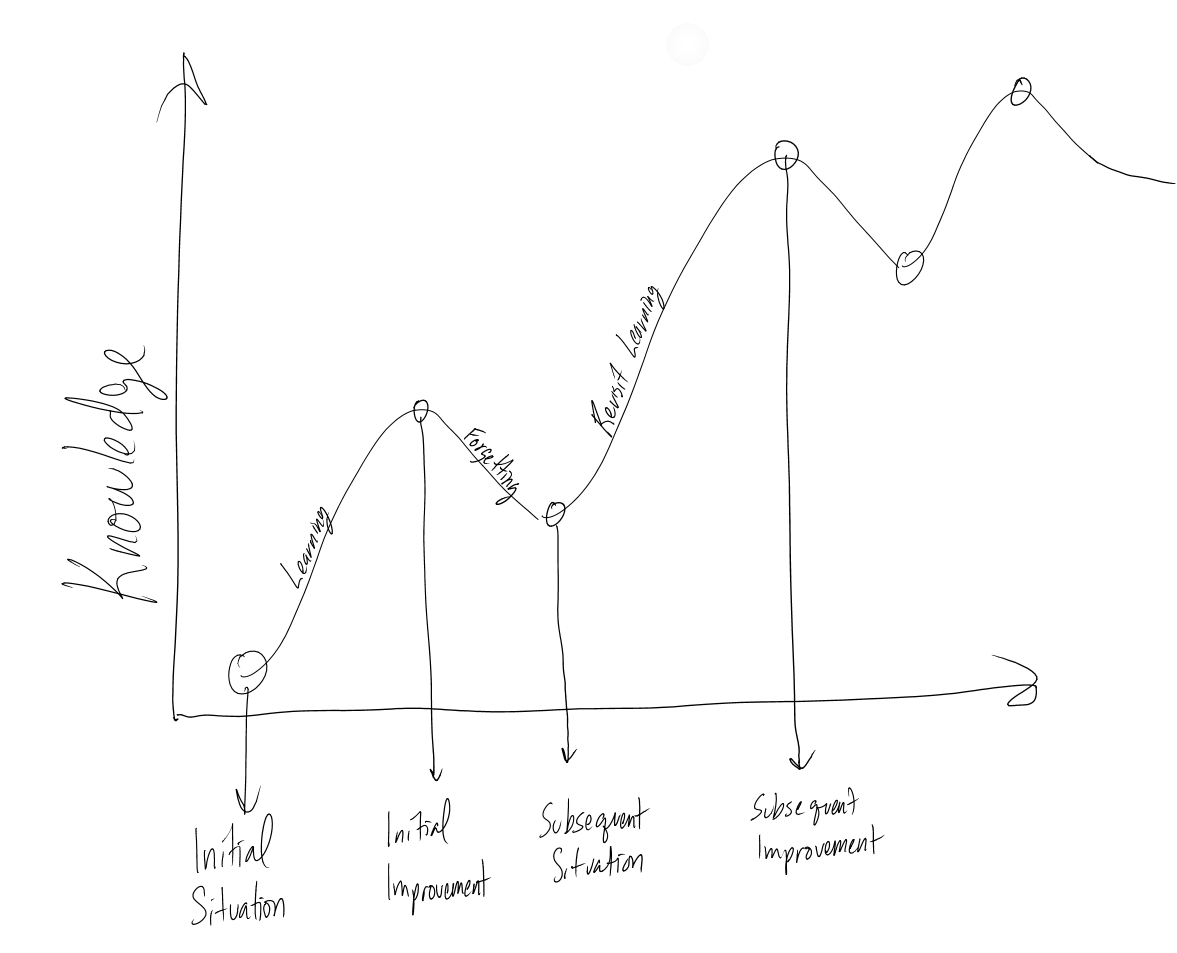No doubt you have a list of things you hope to get the chance to learn. Perhaps sooner rather than later. But one of the biggest mistakes, and perhaps why you haven’t got to the list yet, is learning without a purpose. Learning for learning’s sake is only followed by forgetting.
One of the best purposes for learning is to find a way to apply it to something real. Whether personal or professional. By applying what you’re learning to a real situation you have the opportunity to put yourself to the test. The situation serves as a guide for what you need to learn. That way you don’t avoid branching out in unnecessary directions. And you don’t really need to wonder so much about where to get started. The situation becomes your end and learning is a means to improve how you address the situation.
When the learning has the potential to substantially improve how you handle the situation then you know your investment will be worthwhile. You know you’re going to reap benefits. And when you reap benefits, you know it’s something you’ll have an interest in reusing in the future. Reuse further increases the worth. And revisiting what you’ve learned increases the durability of the knowledge. You create a feedback cycle that amplifies your learning each time you reapply the knowledge.
So if you’re itching to learn, find something to improve. Find a real situation that would benefit from what you want to learn. Go find a real project you’re already working on. Or, perhaps professionally, find a new project and a new customer if necessary. Just make sure that the learning you want to tackle will produce meaningful improvement. Not marginal improvement.
And one last caution, just because you find a way learning could improve a real situation, doesn’t mean learning is the answer. Make sure you consider alternative means to your end of improvement. For example, if it’s something you won’t reuse, perhaps you should outsource the expertise. If learning checks out as the best path to success, get to it.


